Cancer is an extremely ancient disease and likely to exist as long as life does, according to an international team of researchers. Led by Thomas Bosch, an evolutionary biologist at Kiel University, the team discovered "naturally occurring" tumours in two different species of hydra, a group of small, tubular, tentacled animals whose body wall comprises two layers of cells separated by a gelatinous partition.
Evolutionarily very old, they are freshwater relatives of corals, sea anemones and jellyfish.
"Cancer is as old as multi-cellular life on Earth and will probably never be completely eradicated," Bosch said in the results of the team's study, published in the London-based scientific journal Nature Communications.
Caused by mutations to the DNA within cells, cancer is characterised by the uncontrolled multiplication of abnormal cells - creating a tumour - that have the ability to infiltrate and destroy normal body tissue.
The researchers said tumour-bearing hydra had "significantly reduced fitness" and that tumour cells introduced into healthy hydra could trigger tumour growth there as well.
"The invasive characteristic of cancer cells is also an evolutionarily old feature," Bosch concluded.
According to the researchers, the study of primordial animals such as hydra may provide a wealth of information on the mechanisms of cancerous tumour growth in humans.
BR100
15,103
Increased By
140.9 (0.94%)
BR30
42,619
Increased By
540.8 (1.29%)
KSE100
148,196
Increased By
1704.8 (1.16%)
KSE30
45,271
Increased By
438.2 (0.98%)





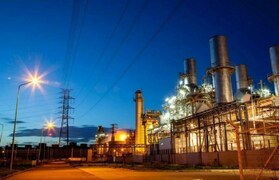






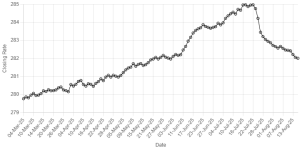



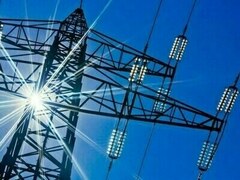


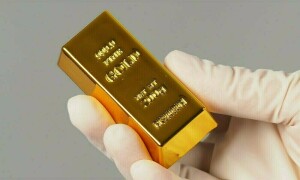
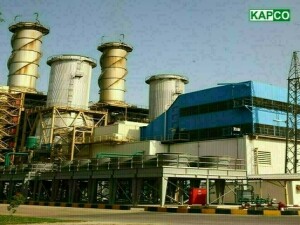

Comments
Comments are closed.